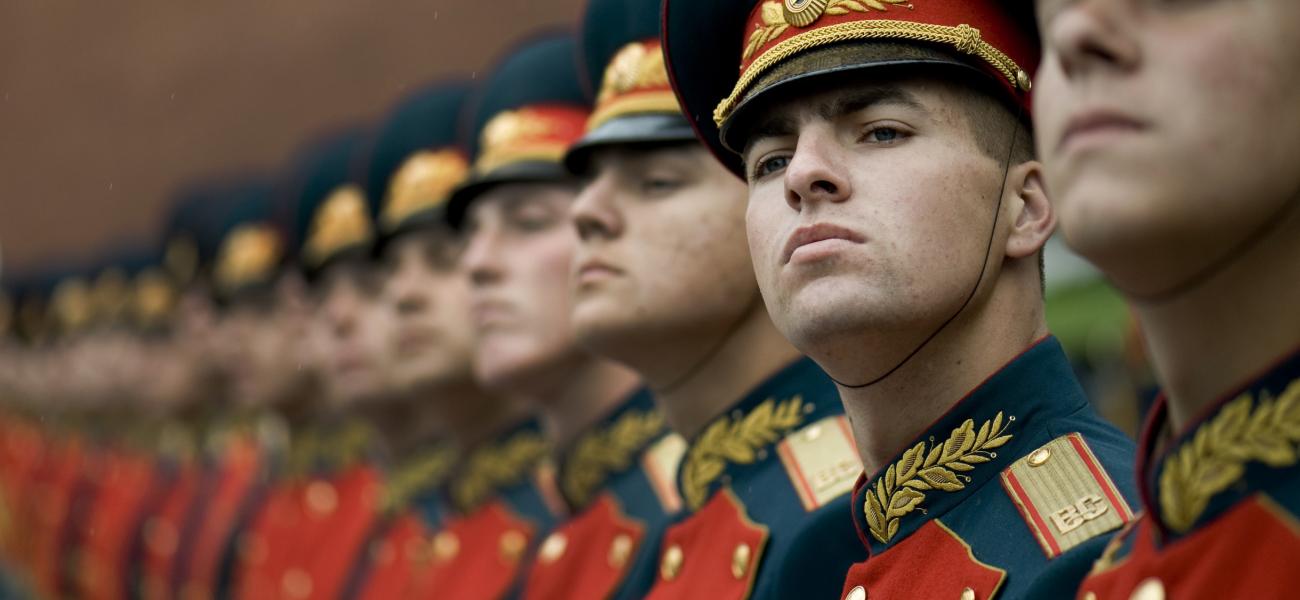
Russia's Military: Assessment, Strategy and Threat
This report originally appeared on the website of the Center on Global Interests.
Russia’s actions in Crimea, eastern Ukraine and Syria have demonstrated the reemergence of the Russian military as one of the Kremlin’s most effective foreign policy tools. The success of these campaigns comes as a result of major military reform and modernization efforts that began in 2008.
What changes led to today’s revamped Russian military? How will the Kremlin use its modernized force as a geopolitical tool? And does Russia’s new military pose a threat to the West? This report from the Center on Global Interests moves beyond simplistic characterizations of the Russian Armed Forces by providing a quantitative and qualitative assessment of the force in the context of Russia’s reemergence on the geopolitical stage, as well as the upcoming NATO summit in July 2016.
In the first essay, Michael Kofman, a Research Scientist at CNA, provides a detailed overview of Russia’s military reforms and how the recent conflicts in Syria and Ukraine should (or should not) be used as examples of Russia’s ability to project power beyond its borders.
Alexander Golts, Deputy Editor of Ezhednevny Zhurnal and long-time Russian military analyst, discusses Russia’s modernization agenda in a critical light, focusing on the fundamental relationship between the domestic political situation and the Armed Forces.
Together, the two authors provide specific details on how the Russian military has progressed in the last decade. More importantly, their analyses provide a starting framework for policymakers on both sides of the Atlantic, who seek a more objective path through the evasive field of assessing Russia’s military capabilities.
Key points:
-
After its lackluster performance in the 2008 war with Georgia, the Russian military is back in a big way as an instrument of national power.
-
Conventional warfare remains the leading doctrine of Russia’s military. Tactics labeled as “hybrid warfare” in Crimea, Ukraine and Syria should be viewed as military experiments rather than a fundamentally new method of Russian power projection.
-
Russia’s land force is a laggard in technological terms but able to withstand any likely adversary today, while its nuclear force continues to pose a credible deterrent.
-
Problems remain with developing a high-readiness military and abandoning the conscription model; the Russian military can be described as a “force in transition,” whose progress may halt under new economic constraints.
Photo credit: Wikicommons photo by MC1 Chad J. McNeeley, U.S. Navy shared as a U.S. government work in the public domain.
